Hebrews 9 Commentary: Christ’s Once-for-All Sacrifice

Hebrews 9
| Aspect | Summary |
|---|---|
| Epistle’s Purpose | To show believers tempted to revert to Temple worship that Christ is the only way to God — infinitely superior as Priest, sacrifice, covenant, and sanctuary (cf. Heb 1 – 8). |
| Immediate Context | Chapter 8 closed with a promise: “A new covenant, … ready to vanish away” (8 : 13). Chapter 9 explains why the Mosaic system could (and had to) give way—by contrasting two sanctuaries, two priesthoods, and two kinds of blood. |
| Literary Structure of 9 : 1 - 28 | |
| 1–5 | The earthly tabernacle described |
| 6–10 | Its ritual service & built-in limitations |
| 11–14 | Christ’s heavenly ministry & effectual blood |
| 15–22 | Covenant inaugurated by death & blood |
| 23–28 | Once-for-all sacrifice and certain return |
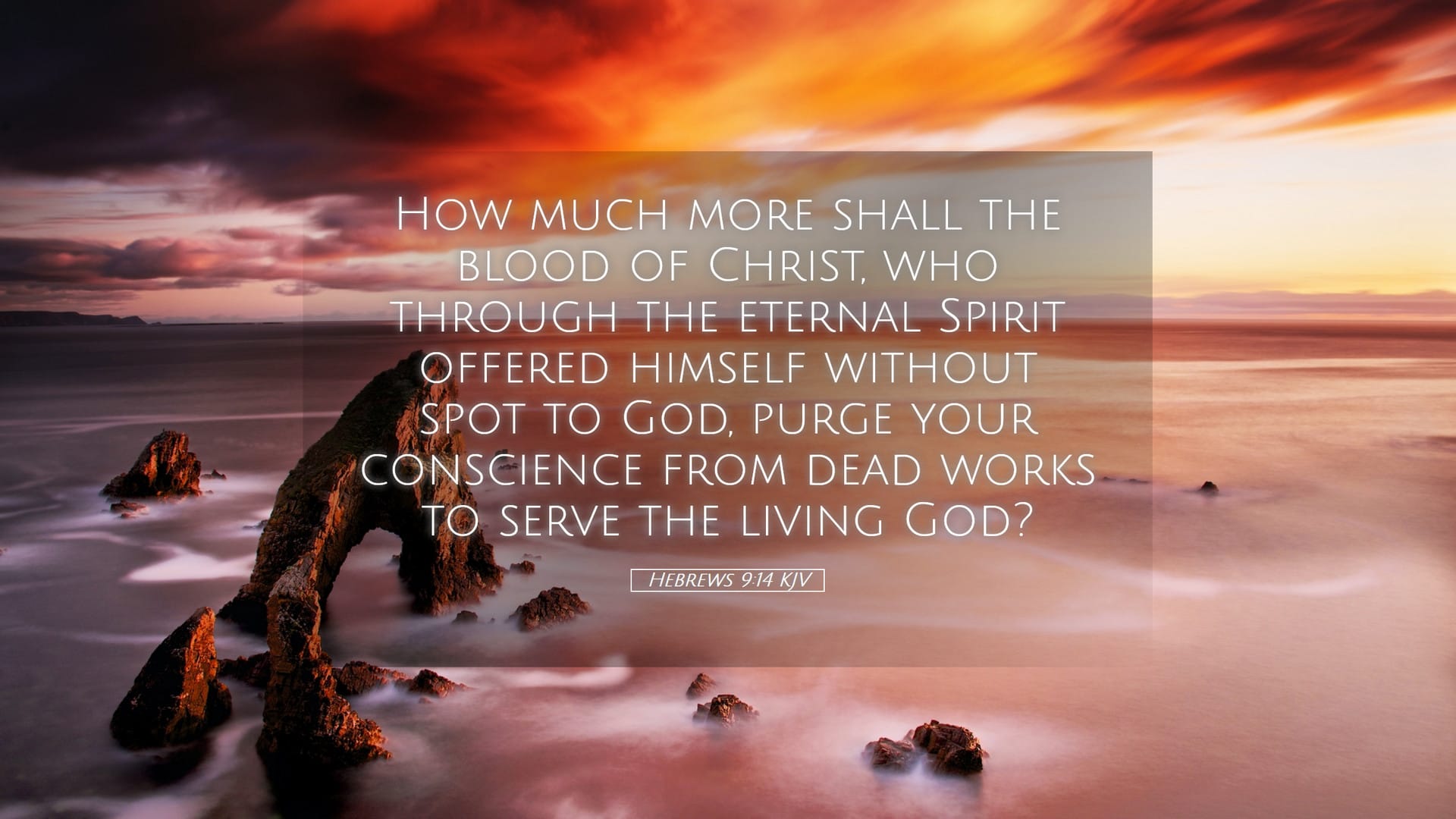
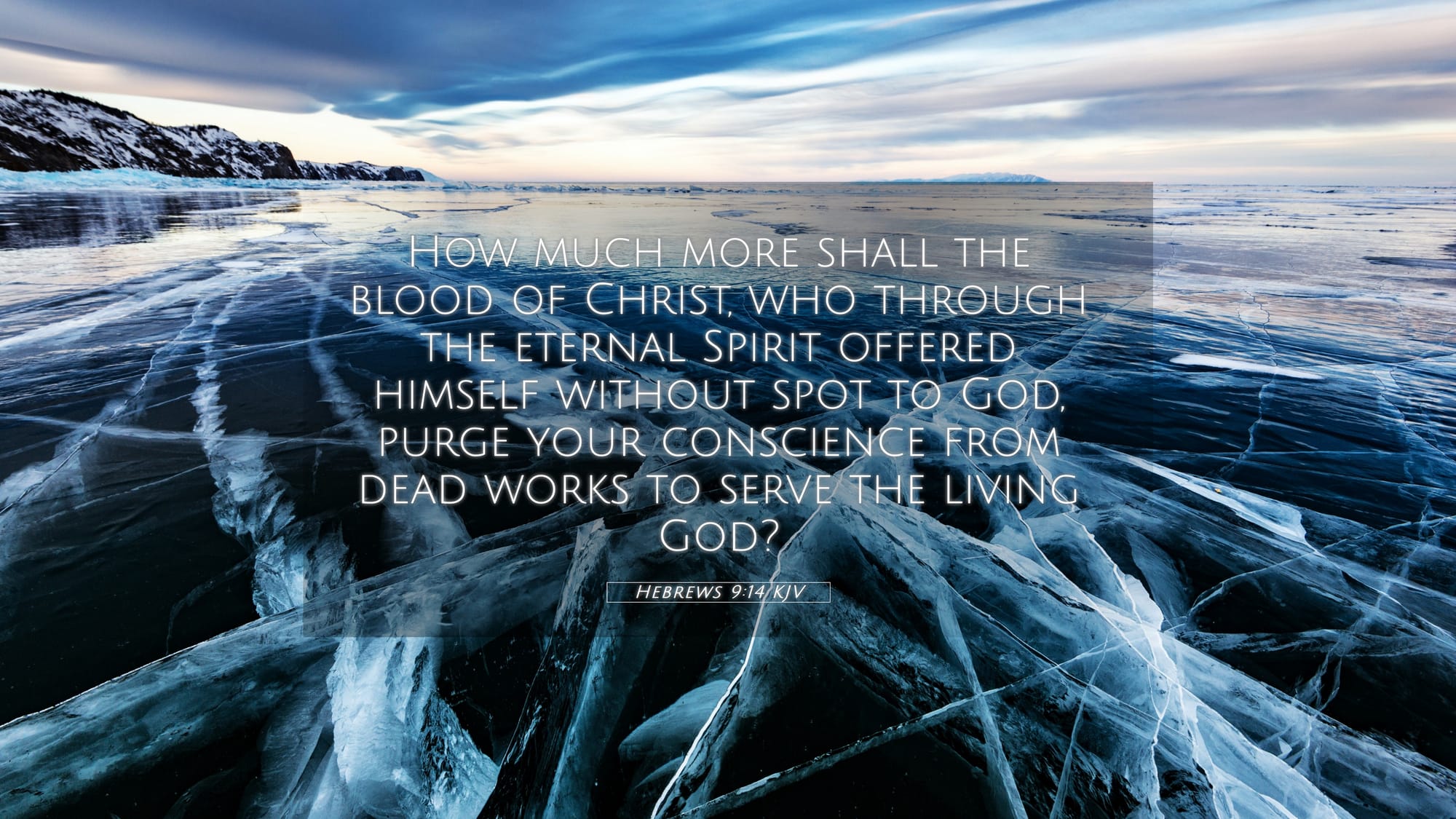
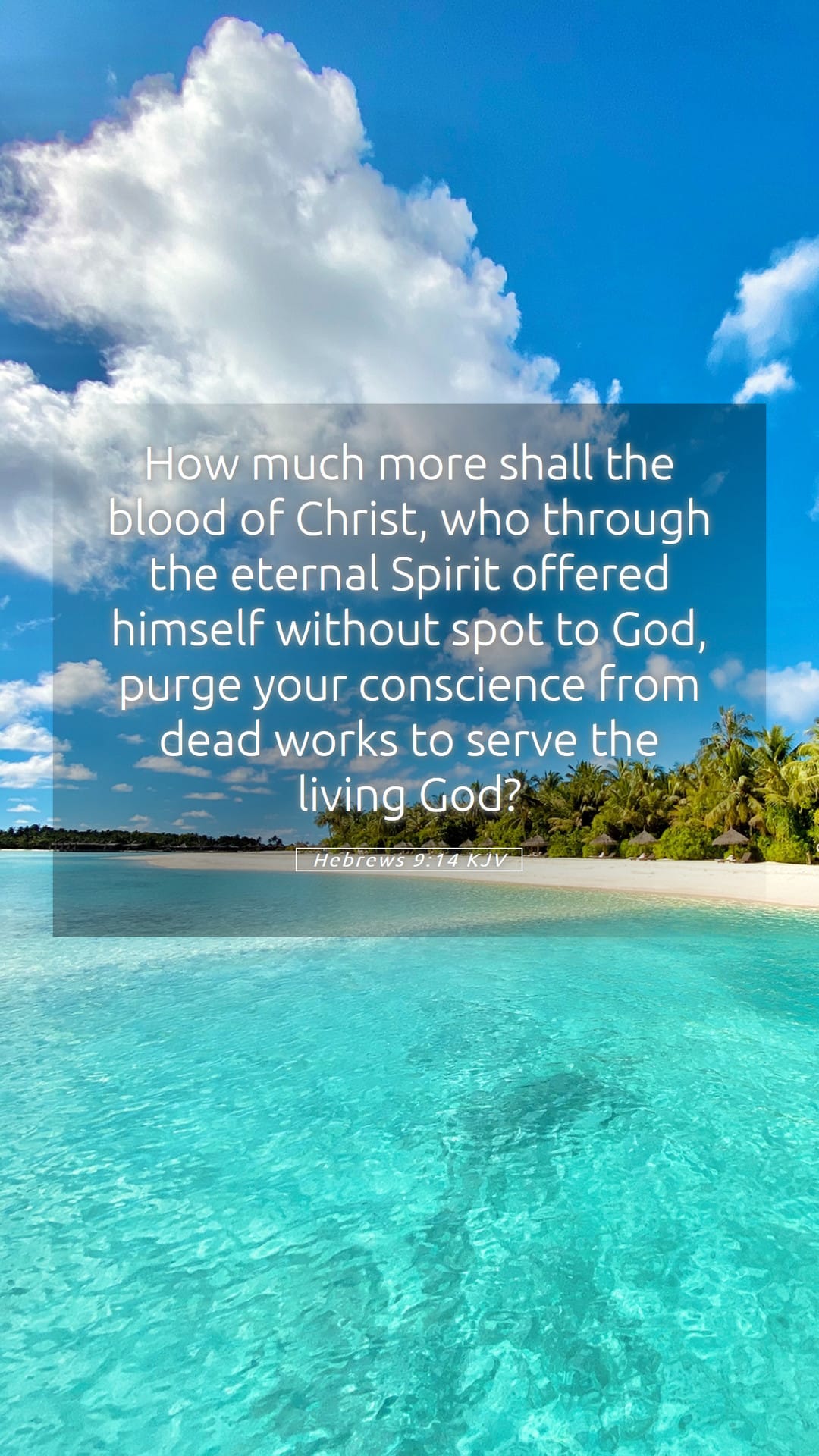
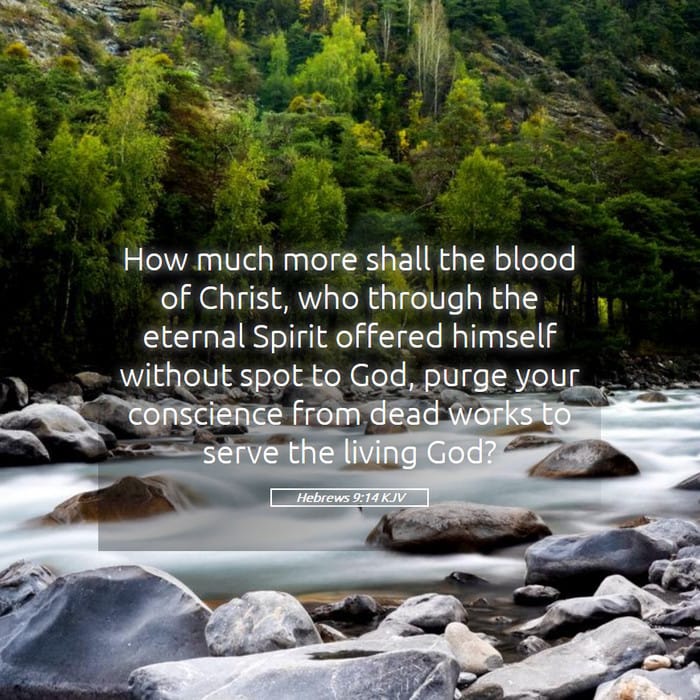
Verse-by-Verse (KJV) with Commentary
9 : 1 | Then verily the first covenant had also ordinances of divine service, and a worldly sanctuary.
The Mosaic covenant included God-given (“divine”) regulations, yet its sanctuary was “worldly” (kosmikon)—belonging to the created order destined to pass away (cf. 8 : 13).
9 : 2–5 | Description of the Tabernacle and its Furnishings
- Outer room (Holy Place): lampstand, table, showbread.
- Inner room (Most Holy Place): golden censer (incense altar positioned at the veil, Ex 30 : 6), Ark, mercy-seat, cherubim.
The writer highlights arrangement and symbolism rather than full detail (“of which we cannot now speak particularly”). The focus is not antiquarian interest but theological contrast.
9 : 6–7 | Priests enter daily; the high priest alone, once each year (Day of Atonement, Lev 16).
Key limitation: access to God is severely restricted; repeated sacrifices betray their inadequacy.
9 : 8 | The Spirit signals that “the way into the holiest” remained not yet opened while the first tabernacle stood. The curtain was a living parable of distance.
9 : 9–10 | The whole system is called a “figure” (parabolē, type), concerned with external matters—foods, washings, regulations—“until the time of reformation” (diorthōsis, setting things straight).
⚑ Application: Religious rites, however God-ordained, can never cleanse conscience or grant direct access; they point forward to something better.
The Better Priest and Blood
9 : 11 | But Christ being come an high priest of good things to come… by a greater and more perfect tabernacle, not made with hands.
He ministers in heaven itself (v. 24), the true dwelling symbolized by Moses’ tent (Ex 25 : 40).
9 : 12 | …neither by the blood of goats and calves, but by his own blood he entered in once into the holy place, having obtained eternal redemption.
- Once for all (Greek hapax): contrasts annual repetition.
- Eternal redemption: Not provisional but permanently effective.
9 : 13–14 | If animal blood purified the flesh, how much more shall Christ’s blood—offered “through the eternal Spirit” (Trinitarian hint)—cleanse the conscience to serve (latreuō, priestly worship) the living God.
Covenant, Testament, and Necessity of Death
9 : 15 | Christ is mediator of a new testament (diathēkē: covenant/testament) so that called ones receive the “eternal inheritance.”
9 : 16–17 | Like a human will, a covenant inaugurated with sacrificial blood requires the death of the one who establishes it.
9 : 18–22 | Moses sprinkled both people and tabernacle with “blood and water” (cf. Ex 24 ; 29 ; Lev 8). Principle: “Without shedding of blood is no remission.” Forgiveness costs life.
Once-for-All Finale & Eschatology
9 : 23–24 | Heavenly things themselves needed “better sacrifices.” Not that heaven was defiled, but the worshiper entering heaven does so only through Christ’s cleansing.
9 : 25–26 | Repetition would imply ongoing suffering. Instead, Christ appeared “in the consummation of the ages” (synteleia tōn aiōnōn) once to “put away sin” (atheteō, annul) by His self-offering.
9 : 27–28 | The human appointment: death → judgment. Likewise Christ’s two appearances:
- First coming: “to bear (ἀναφέρειν) the sins of many.”
- Second coming: “without sin” (not to deal with sin again) unto salvation for those who “eagerly wait” (apekdechomai).
⚑ Pastoral note: Assurance flows from the finality of His sacrifice; expectation is fueled by His certain return.
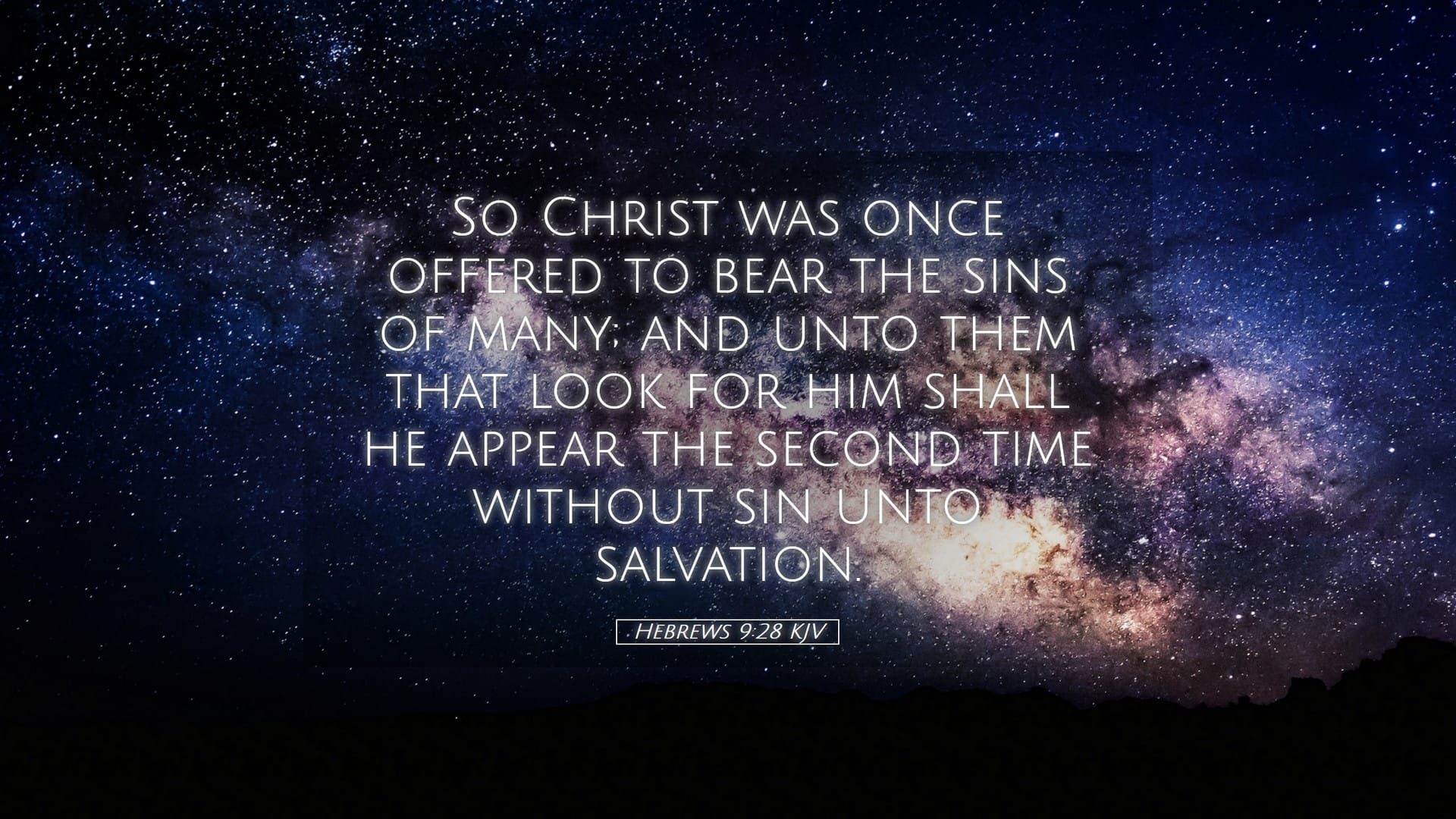
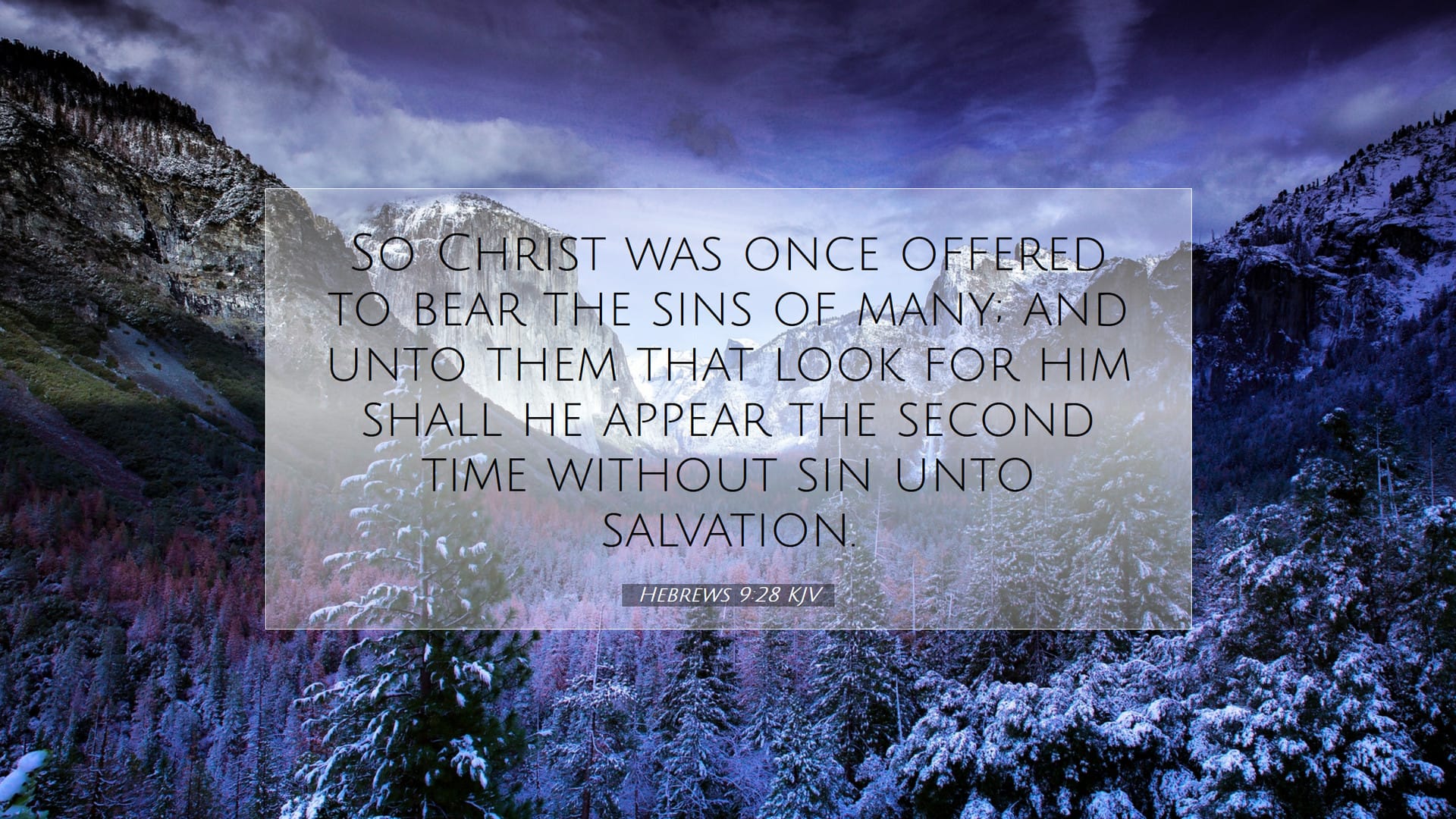
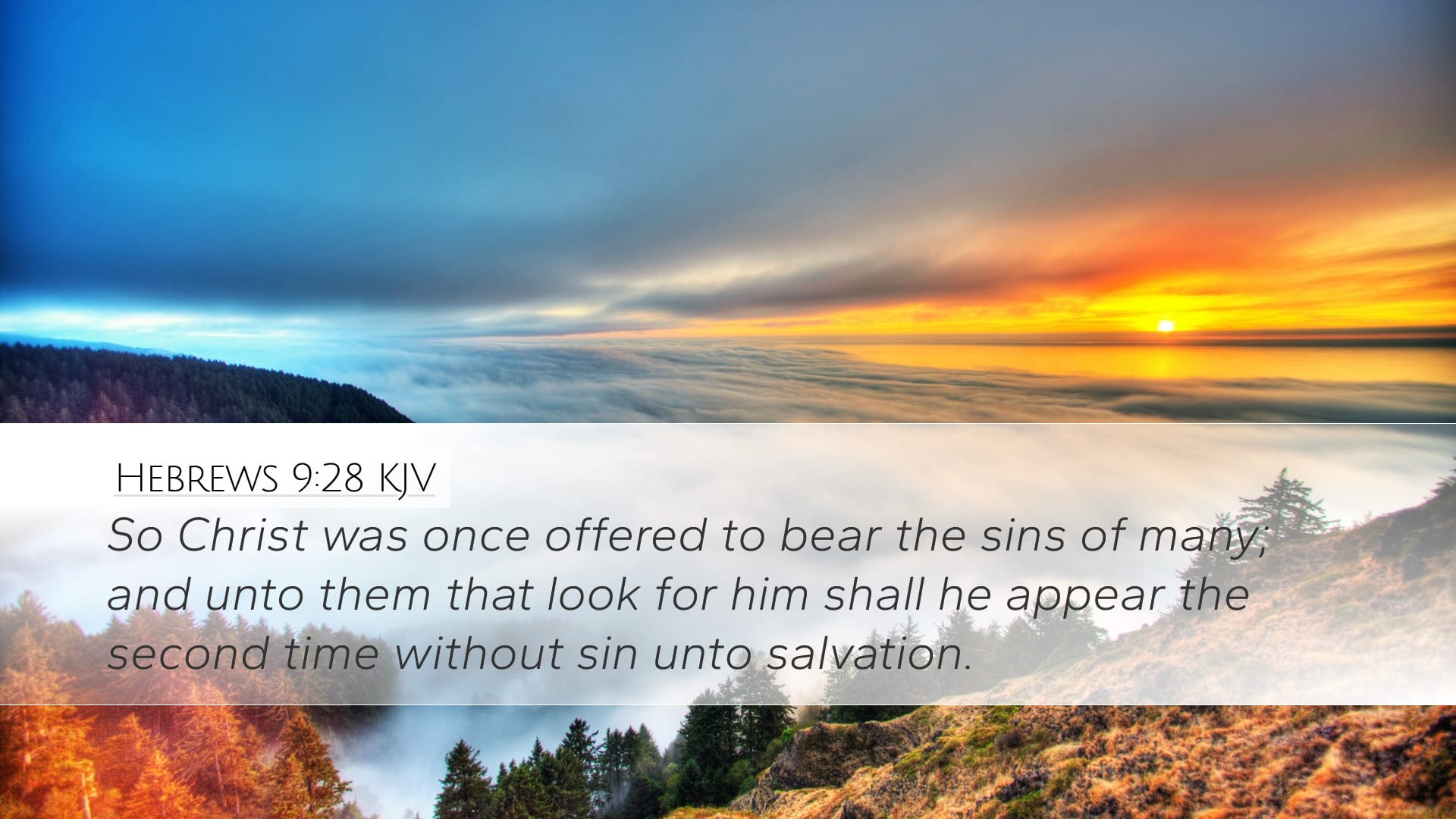
Theological Threads to Pull
| Theme | Old-Covenant Shadow | Fulfillment in Christ | Discipleship Implication |
|---|---|---|---|
| Sanctuary Access | Veiled Most Holy Place | “Throne of grace” open (4 : 16) | Bold prayer, continual worship |
| Priesthood | Aaronic, mortal, many | Melchizedekian, risen, one (7 : 23-25) | Dependence on living Intercessor |
| Blood Atonement | Animal, repetitive | Divine-human, once | Rest from self-atoning efforts |
| Cleansing | External regulations | Internal conscience purified | Serve with freedom, not guilt |
| Covenant | Conditional, temporal | Unconditional, eternal | Confidence in secured inheritance |
| Eschatology | Waiting outside veil | Awaiting unveiled glory (9 : 28) | Hope and holiness (12 : 14) |
Suggested Study Path for Further Depth
- Read Leviticus 16 alongside Hebrews 9; note parallels.
- Trace “blood” across Hebrews (2 : 14; 10 : 19; 12 : 24; 13 : 12)—observe crescendo.
- Compare translations of key terms: diathēkē (covenant/testament), hapax (once), latreuō (serve/worship).
- Meditate on Hebrews 10 : 19-22 as the practical outcome of chapter 9.
- Pray Hebrews 13 : 20-21, asking the “God of peace… through the blood of the everlasting covenant” to equip you.
Key Takeaways
- Forgiveness is costly but complete. You cannot add to “once-for-all.”
- Access is open. The torn veil (Matt 27 : 51) is history in architectural form; your conscience can now be history in personal form.
- Hope is future-oriented. Salvation has a past (cross), present (intercession), and future (appearing). Live in expectancy.
“So Christ was once offered to bear the sins of many; and unto them that look for him shall he appear the second time without sin unto salvation.” — Hebrews 9 : 28
May this spur both awe at Christ’s finished work and eager anticipation of His return. 🙏